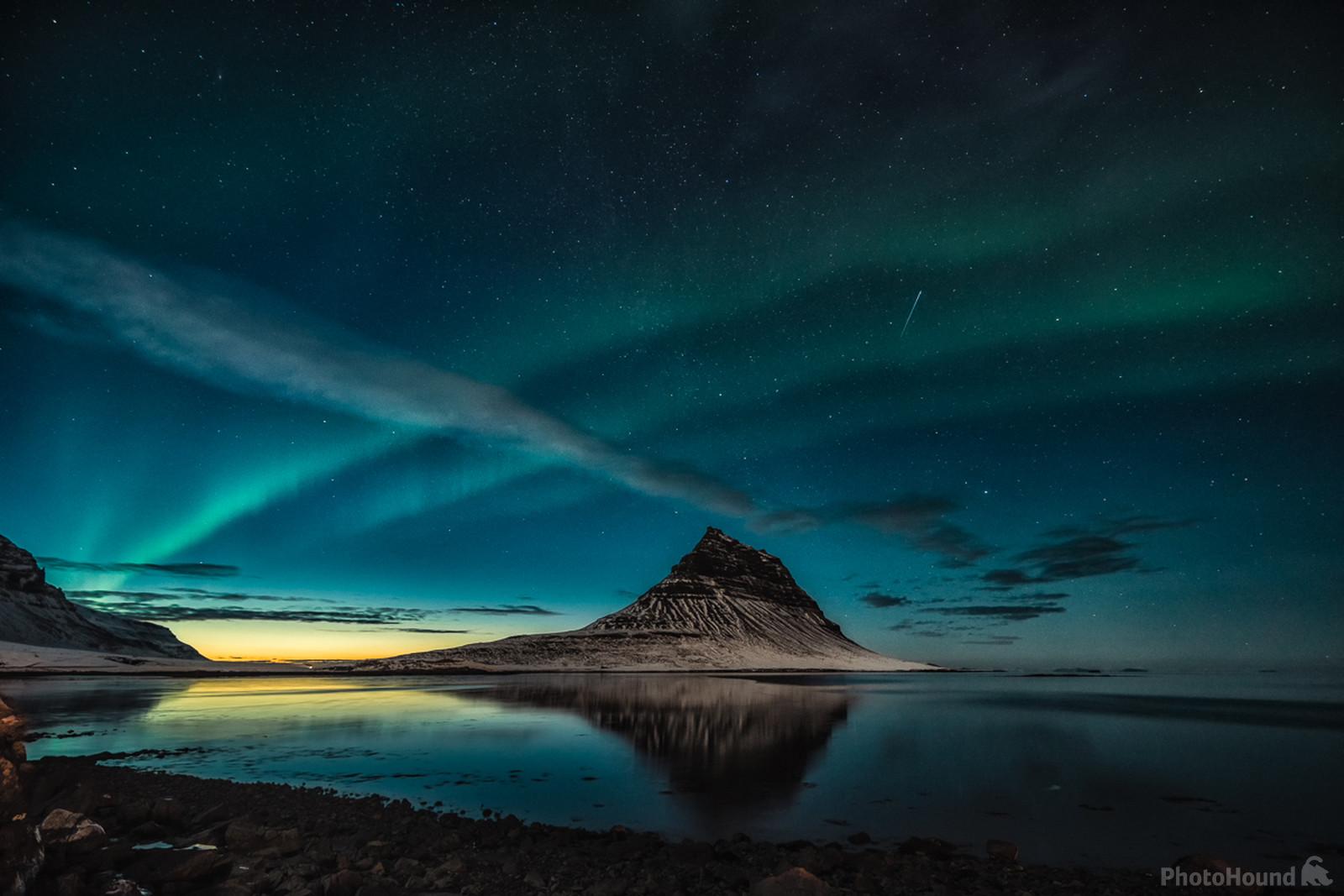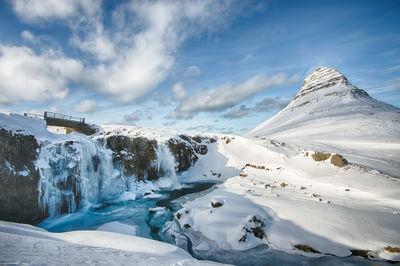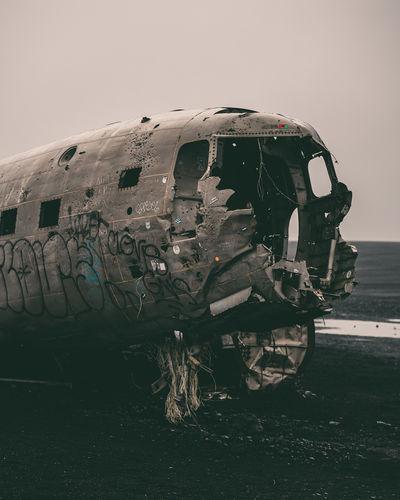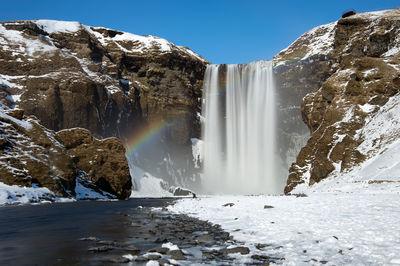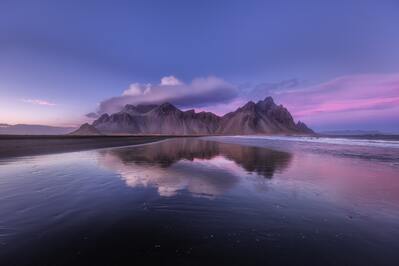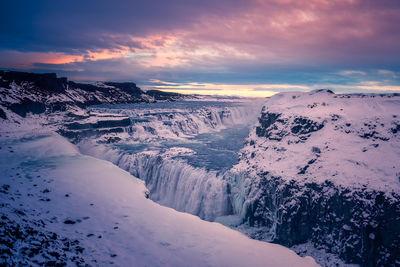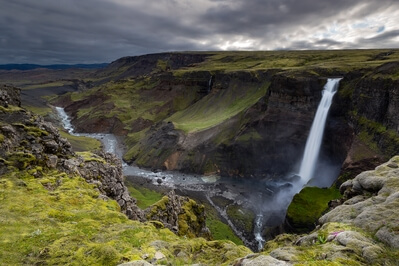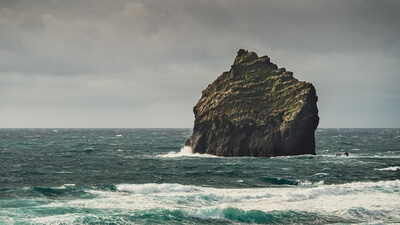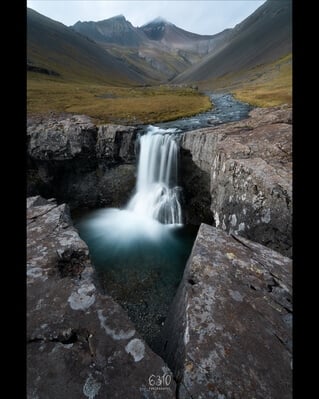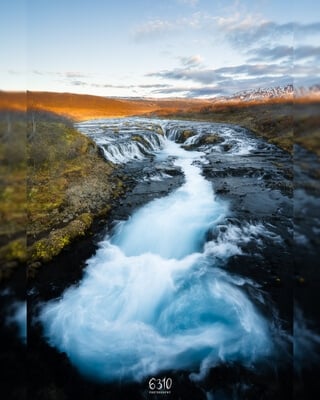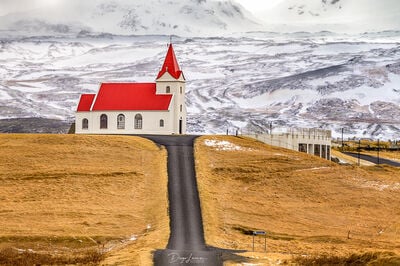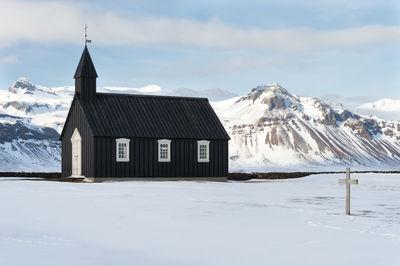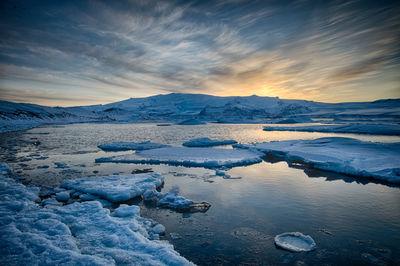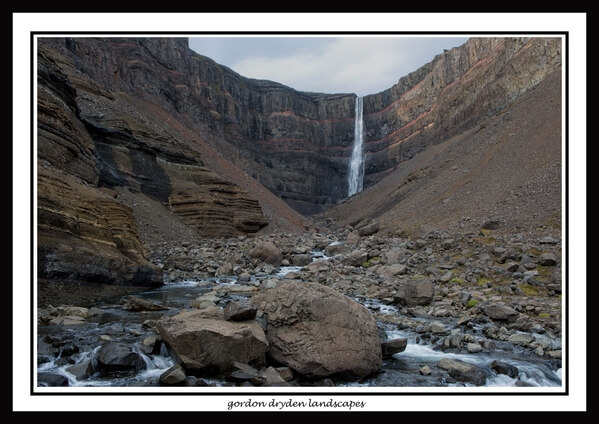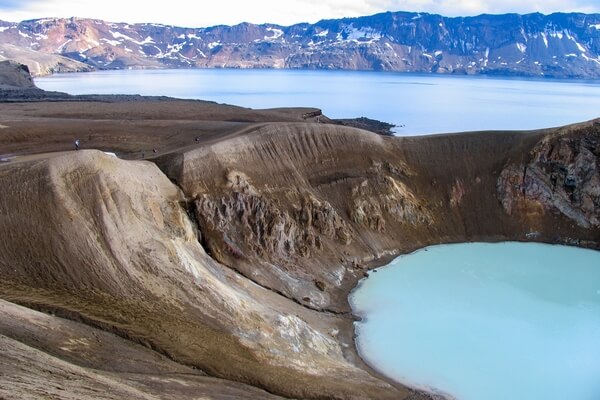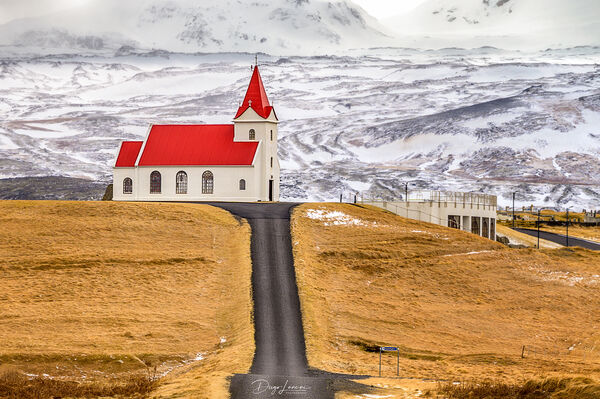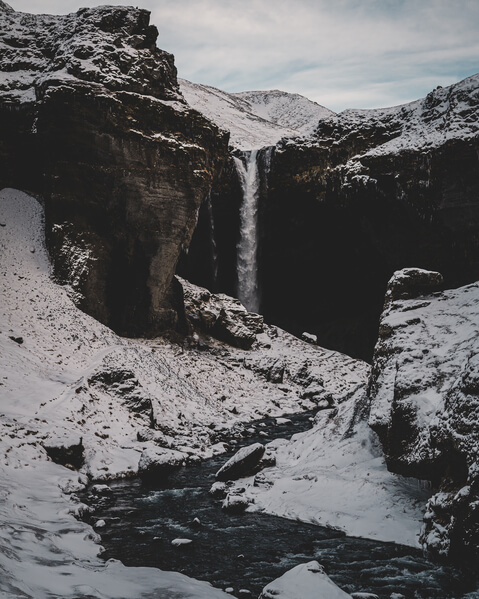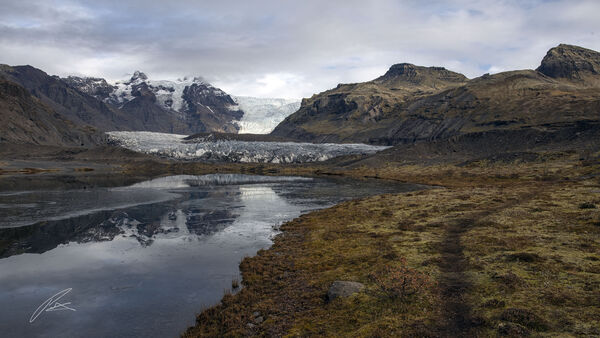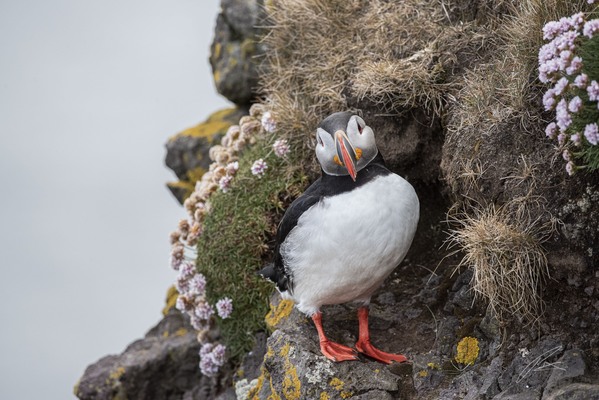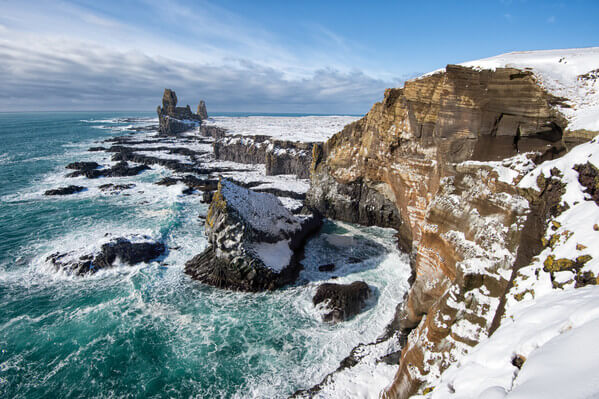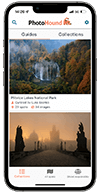The best photography locations in
 Iceland
Iceland
Iceland photo locations
Iceland is a breathtaking country known for its unique landscapes, stunning waterfalls, and geothermal features. Here are some of the most scenic places to photograph in Iceland, the best season for photography, and environmental considerations to keep in mind while taking pictures in the country.
Most Scenic Places:
1. Jökulsárlón Glacier Lagoon: This glacial lagoon in southeast Iceland is filled with icebergs and offers stunning views of the surrounding glaciers.
2. Reynisfjara Black Sand Beach: Located near the village of Vík, this beach is famous for its black sand, basalt columns, and powerful waves.
3. Golden Circle: This popular tourist route includes Thingvellir National Park, Geysir geothermal area, and Gullfoss waterfall, offering a variety of photographic opportunities.
4. Kirkjufell: This iconic mountain on the Snaefellsnes Peninsula is a favorite spot for photographers, particularly when framed with the nearby Kirkjufellsfoss waterfall.
5. Vatnajökull National Park: This vast national park includes a variety of landscapes, from glaciers and ice caves to volcanic formations and canyons.
6. Landmannalaugar: A geothermal area in the highlands, known for its colorful rhyolite mountains and hot springs.
7. Skógafoss and Seljalandsfoss: Two of Iceland's most famous waterfalls, offering dramatic views and unique perspectives for photographers.
8. Dyrhólaey Arch: A striking rock formation on the south coast, featuring a natural arch and panoramic views of the surrounding coastline.
9. Fjaðrárgljúfur Canyon: This dramatic canyon in southeast Iceland features steep cliffs, a meandering river, and lush green vegetation.
10. Diamond Beach: Located near Jökulsárlón Glacier Lagoon, this beach features icebergs washed ashore on black sand, creating striking contrasts.
Best Season for Photography:
The best season for photography in Iceland depends on what you want to capture. Summer (June to August) offers the most daylight, with the Midnight Sun providing unique lighting conditions and extended shooting opportunities. The landscape is lush and green, and access to the highlands is generally easier. Winter (December to February) offers a chance to photograph the Northern Lights and the landscapes covered in snow and ice, but daylight is limited, and weather conditions can be challenging.
Environmental Considerations:
When photographing in Iceland, it's crucial to respect the environment and follow responsible photography practices. Here are some environmental considerations to keep in mind:
1. Stay on designated paths and trails: Iceland's delicate vegetation and ecosystems can be easily damaged by off-trail walking. Stick to marked paths to minimize your impact.
2. Do not disturb wildlife: Keep a safe distance from wildlife and avoid using flash photography, which can startle and disorient animals.
3. Leave no trace: Do not leave any trash or personal belongings behind, and avoid picking flowers, rocks, or other natural features.
4. Respect private property: Some popular photography spots are on private property. Always seek permission before entering, and follow any posted guidelines or restrictions.
5. Minimize your footprint: Travel in small groups, use environmentally friendly transportation options, and support local, sustainable businesses whenever possible.
By following these guidelines, you can help preserve the beauty of Iceland for future generations to enjoy while capturing breathtaking images of its unique landscapes.
Discover the best photography locations in Iceland with PhotoHound - our contributors have added 96 Iceland photography locations so far.
Most popular photo locations in Iceland
Regions
We hope you enjoy photographing Iceland - don't forget to share your photography locations in Iceland on PhotoHound and tag us on social media using hashtag #photohound
